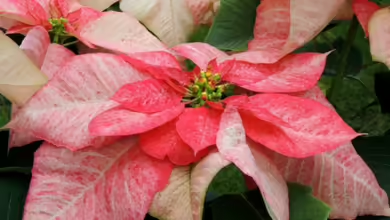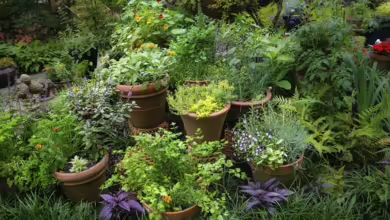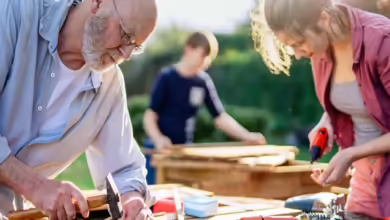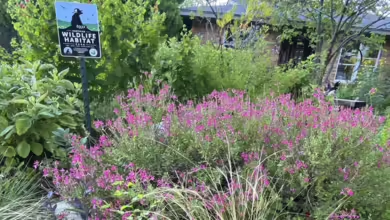Watering Container Gardens Made Easy

Photos by Melinda Myers ~
Growing flowers and vegetables in containers allow you to expand your planting space, growing plants right outside your door and even elevating them for easy maintenance. But, unlike growing in the ground, the smaller volume of soil in containers is more exposed to heat and wind, requiring more frequent, if not daily, watering.
Don’t let this watering schedule discourage you from growing in pots. Try one or more of these strategies to eliminate the daily burden of watering while still maintaining beautiful and productive gardens.
Grow plants in large plastic, glazed, or other less-breathable material to extend the time between watering. The larger the pot and less breathable the container material, the longer the soil stays moist. Small pots made of breathable materials, like unglazed terra cotta, dry out more quickly.
No matter the size and type of container used, monitor and adjust your watering schedule based on weather, the number of plants in the pot, and the size of the plants. Bigger and more populous plants require more water, so the frequency will naturally increase over time.
For watering convenience, use self-watering pots to extend the time between watering. Fill the reservoir in these containers as needed. The water will move from the reservoir to the soil, as required. As your plants grow, you will need to fill the reservoir more frequently.

Use a quality potting mix that holds moisture and is well-draining to avoid waterlogged soils and root rot. Most potting mixes contain peat moss, compost, or bark to retain moisture. Materials such as Vermiculite, perlite, or rice hulls provide drainage.
You can also add wool pellets (wildvalleyfarms.com), to your potting mix. Wool pellets are organic and made from belly wool. They promote healthier growth, increase soil aeration, and reduce watering frequency by as much as 25%.
Make sure to mulch the soil surface in newly planted container gardens, then cover the soil surface with shredded leaves, evergreen needles, or other organic material. This helps conserve moisture until plants grow and shade the soil.
You can also automate watering with one of the many DIY or commercial container irrigation systems. Attach the irrigation system to the faucet and set a timer; watering becomes a breeze. Check the system regularly to make sure the lines delivering water to the pot are intact. Adjust the watering frequency throughout the growing season, as needed.
Use one or more of these strategies to simplify your container gardening. Once you eliminate the inconvenience of daily watering, you may find yourself planting more container gardens each season.





